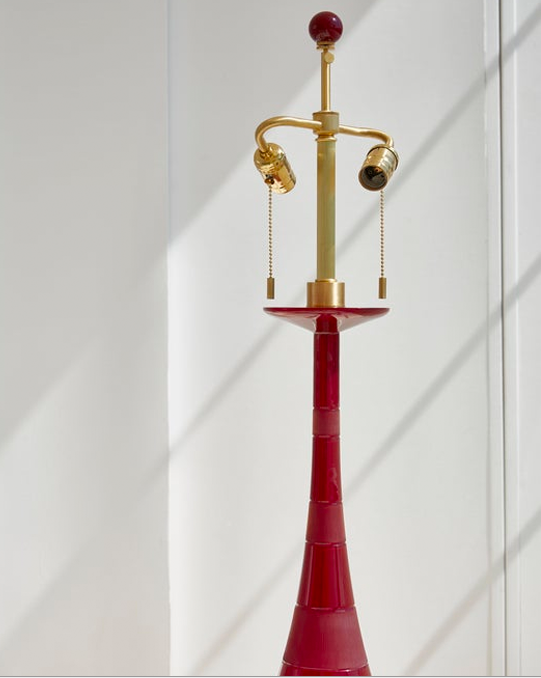We’re not trying to beat a dead horse here, having already shared three of the common custom furniture ordering mistakes in a couple of earlier posts, here and here. However, according to ArchitecturalDigest.com, there are a few more you should be wary of. (Of which you should be wary?)
We’ve covered the tendency of some to mistake personalized solutions for custom furnishings, as well as using the right vendor for the customization job and ensuring that, no matter how cool the form, it does not overwhelm the intended function. “What could be left?”, you clearly ask. Well, pay heed dear ones for we have the answers.
Custom Ordering Mistake #4: Messing up the measurements
OK, now, this one’s on you. Especially if it’s your idea to go custom (as opposed to your client’s, for example), you simply cannot afford to fumble the tape measure. Getting the dimensions right is totally up to you – as is the cost of any mistakes. Yep, those are your responsibility if you blow the measurements.
“Designers have to triple-check all dimensions and specifications when working on custom furniture and make sure that everything is very clearly outlined in the contract,” says San Francisco–based designer Maria Khouri. “In addition to a written scope, they should also confirm the details verbally, as some people don’t read proposals all the way through.”
“Not only is it important to confirm all dimensions down to the millimeter,” the author suggests, “but Khouri also recommends double-checking the unit of measurement.” (You know, metric versus the right ones! Imperial.)
Common Custom Furniture Mistake #5: Underestimating the lead time
Just because the recent pandemic appears to be a thing of the past does not mean long lead times are as well. This is particularly true when you order custom furniture and other furnishings. After all, you not only have to give your vendor time to create the piece(s), but they may need to order components or hardware that is not readily available to realize your vision.
“Good things come to those who wait,” opines the author, “and custom furniture is no exception. From sourcing the right materials to putting the piece together, the entire process can take months – and that’s before you factor in shipping delays or supply chain hiccups.
“As a rule of thumb, I often double the amount of time I’m given by furniture vendors,” designer Isy Runsewe says. “[It’s] far better for an item to surprisingly arrive early than having to go back to your clients repeatedly to explain delays.”
This is commonly known as “Underpromising and over-delivering”, which is a great tactic for building customer loyalty.
Custom Furniture Ordering Mistake #6: Charging your client for mistakes
This is a tough one, all right. In fact, assigning blame for mistakes of any kind may be the most contentious issue dealers, designers, vendors, and clients can experience. Why? Because with mistakes comes increased costs – for one or all.
“Despite your best efforts, mistakes still happen. So, who should pay for them? Well, it depends on what went wrong. ‘The client should never pay for a mistake,’ says designer Khouri. ‘It is usually between the designer and the manufacturer depending on the nature of the error that was made.’”
While a particular situation may not be quite that cut-and-dried, it seems wise to consider whether the fault belongs to the vendor or the designer. In fact, as long as your contract was comprehensive, it is a rare case indeed where a client is at fault.
Clearly, “a vendor should foot the bill if they accidentally ordered the wrong wood species. But if the mishap happened on your watch, you’ll [ultimately] be financially responsible for the piece.”
And, for help avoiding either of these custom furniture ordering mistakes, feel free to… Contact TD Fall today.






